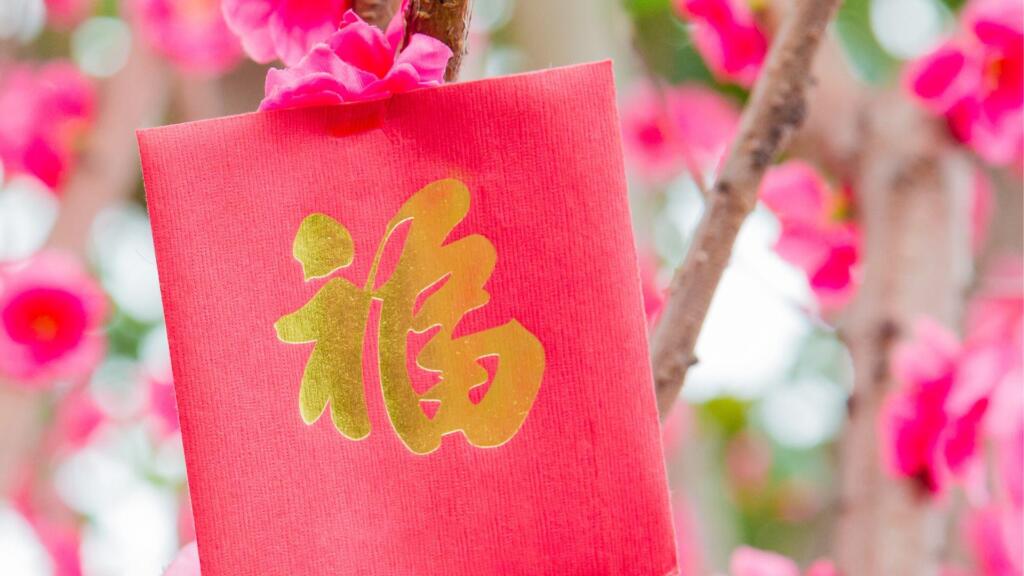What are the traditional customs of the Reunion Dinner and the First Gathering Dinner?
By Contributing Writer Kayley

The Lunar New Year is a highly significant festival in Chinese society. Traditionally, on the night of the 30th day of the lunar calendar, families gather for a Reunion Dinner, followed by the First Gathering Dinner on the second day of the new year. These customs not only reflect the unique cultural traits of Hong Kong but also represent the wonderful symbolism of family reunification and well-wishes.. So, what are the traditional customs of the Reunion Dinner and the First Gathering Dinner? Let’s break them down!
When is the Reunion Dinner held? What if there is no 30th day this year?
Generally, on the night of the 30th day of the lunar calendar, families gather for a lavish Reunion Dinner, symbolizing family unity and harmony, and preparing to usher in the new year. However, starting from 2025, there will be no 30th day for five consecutive years. As a result, families can have their Reunion Dinner a day earlier, on the 29th (New Year’s Eve).

Traditional Customs of the Reunion Dinner
On the evening of Lunar New Year’s Eve, no matter where they are, family members in Hong Kong make an effort to return home and reunite to enjoy a festive meal together. The following are the main traditional customs:
- Offer Prayers Before the Meal
Traditionally, before the Reunion Dinner, families offer prayers to the gods and ancestors to show respect. The ritual involves: lighting incense to the Buddha, paying respects to the Earth God, offering prayers to the five regional Dragon Gods, and finally, lighting incense and paying homage to ancestors.
- Ingredients with Auspicious Meanings As the New Year approaches, everything is hoped to be auspicious, and the ingredients chosen for the Reunion Dinner are no exception. Here are some traditional Chinese dishes with meaningful symbolism:
- Fish: The word for fish in Cantonese sounds like “餘” (meaning surplus), symbolizing abundance and prosperity.
- Chicken: A whole chicken represents family unity and completeness.
- Hair Moss (髮菜, which sounds like “發財” in Cantonese): Symbolizes wealth and prosperity.
- Dried Oysters (蠔豉, which sounds like“好事” in Cantonese): Represent good things and good fortune.
- Longevity Greens (Choy Sum, Mustard Green or Spinach, etc.): Symbolizes longevity and long-lasting life.
Traditionally, the Reunion Dinner includes four main dishes: fish, meat, chicken, and duck, complemented by five side dishes, totaling 9 dishes to signify “long-lasting” or “everlasting.” Alternatively, serving an 8-dish meal, called “Four Platters and Four Bowls” or “Eight Happinesses at the Door,” wishing for good luck in all aspects.
3. Preparing Extra Rice
The Reunion Dinner typically includes more rice than usual, symbolizing that the rice pot will always be full in the new year, ensuring the good omen of “surplus year after year.” Serving extra rice also means “adding blessings and longevity.”
- Giving Red Packets After the Reunion Dinner
After the Reunion Dinner, elders give red packets to the younger generation, who then place them under their pillows from New Year’s Eve to the first day of the new year. This is known as “Ya Sui Chin” (壓歲錢), symbolizing the wish for a prosperous year ahead and good luck.

When is the First Gathering Dinner held?
According to ancient tradition, on the first day of the new year, the gods rest and no living creatures should be harmed. On the second day, the gods return to their positions, and people can freely enjoy meat dishes. Therefore, the First Gathering Dinner is held on the second day of the new year. Whether for families or companies, the First Gathering Dinner represents a year of abundant harvest and good fortune.
Traditional Customs of the First Gathering Dinner
The First Gathering Dinner should include 9 dishes, symbolizing “long-lasting” prosperity. Alternatively, it may also be 9 dishes and 1 soup, symbolizing “perfect harmony.”
- Return of Married Daughters
On the second day of the new year (Opening Day), married daughters would return to their parents’ homes with their husbands and bring gifts, reuniting with their families to share the joy of the new year. This day is also known as “Hoi Lin” (開年), symbolizing the official start of the new year. - Auspicious Dishes
The dishes for the First Gathering Dinner are chosen for their good fortune. In addition to “wealth and prosperity” and “unexpected windfall,” in recent years, a popular dish has been the “Lo Hei” (撈起) symbolizes “making a fortune and achieving success.”
Fish, lettuce, and chicken are also featured, symbolizing vitality and prosperity.

Summary
The Reunion Dinner on New Year’s Eve and the First Gathering Dinner on the second day of the new year are unique cultural practices in Hong Kong, filling with warmth and blessings for the family. These traditions express gratitude for the past year and hope for the future. While the customs may evolve with time, the core values of family reunion and well-wishing remain unchanged.

